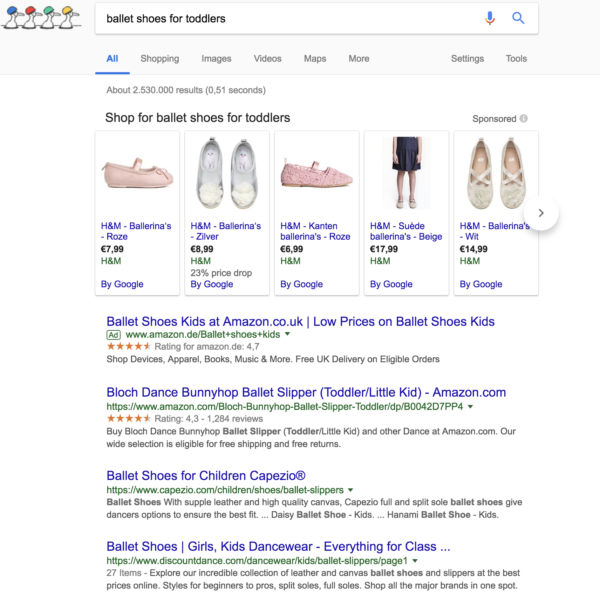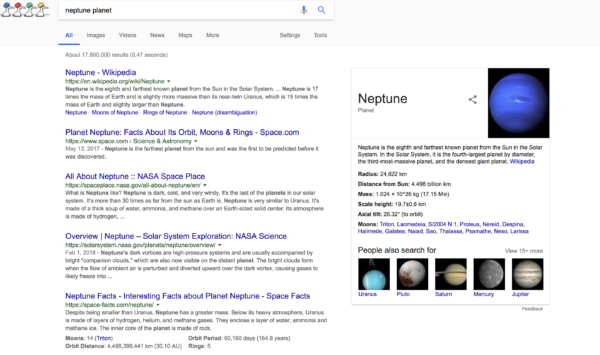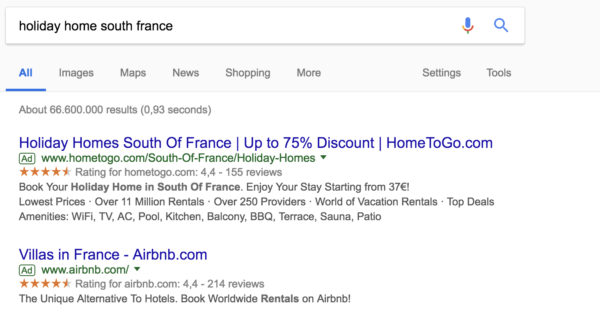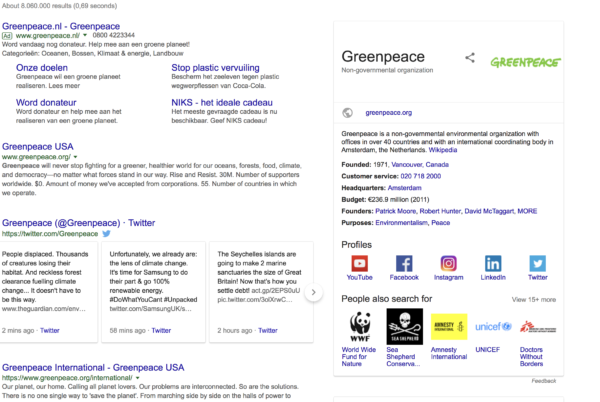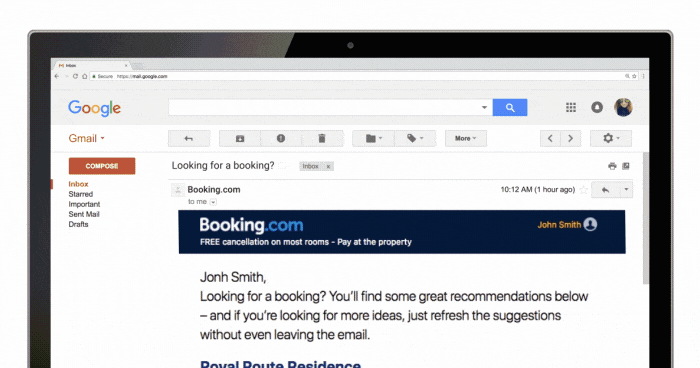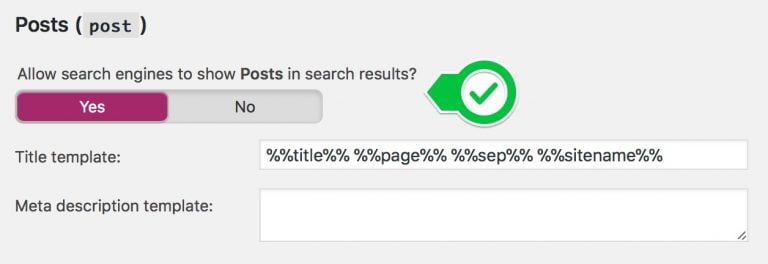It can be daunting to start in search engine optimization, I can imagine. There’s so much to do, ranging from the more technical SEO tasks to more general SEO tasks and content optimization. I can create a list for your website, or for your online shop, but you might find it hard to decide where to begin. In this post, I will share some approaches to creating and prioritizing your SEO task list.
 Info SEO tasks: What to address first
Info SEO tasks: What to address first
Most website owners want quick wins, but I’ll go into that later. First, we need to address some low hanging SEO fruit.
What to address first?The first of your SEO tasks is to check if both Google and other search engines can reach all relevant pages. Is there a noindex blocking any of your valuable pages? Use, for instance, Screaming Frog (entire site) or Quix (on a page level).
How’s your speed?Do a quick check in Google PageSpeed Insights or for instance WebPageTest.org and see if browser caching and compression are used the right way. Compression can really improve your speed. Keep in mind that the rules of this game change slightly if your site is on HTTP/2.
Are you focusing on the right keywords?Check your internal search logs (more on internal search). If any keywords surface on a regular basis, create a page for these keywords.
That’s three checks for you that can easily be done and certainly impact your SEO. There’s obviously more. Let’s start with the basics.
Cover your basics: Tell the right storyIt is absolutely fine to go all out and fix all things related to SEO at once, but as we’ll probably agree, that might not be the best experience for you. It might be better to install our plugin and take our Yoast SEO plugin training and focus on what you want to tell your audience first. Depending on the outcome of that process, you can decide on further optimization.
This means that you need to look at proper keyword research and a good site structure for your website. Plus, content SEO. I linked three very nice ultimate guides for you there :) Please go and read these. With the insights these guides will give you, you can quickly create some related SEO tasks and start working on these.
Any structured data needed?If you have set up all the right content, you have probably noticed that some of that content is presented, or ordered, in the same way. As the list of schema.org data grows, you might have struck onto something you can serve to search engines in a more structured way as well.
Please read up on how structured data is done the right way, and adjust your templates accordingly. No time to read up? We have a course for that as well: our structured data course.
By the way: Yes, I am linking some products in that post. Our mission, SEO for Everyone, makes that we have a lot of products that help you optimize your website in the most convenient way possible. Just trying to give you shortcuts here.
Further (technical) optimization can contain optimizing speed even more, crawl optimization and might even include getting some high-quality backlinks for your site. This is probably where the hard work starts. SEO tasks will surface unstructured from now, and new developments in search engine algorithms might require you to change the way you prioritize your SEO tasks. That’s not always a bad thing, although it can be frustrating, right?
You can find a lot of information about this process on our SEO blog. We will keep you updated, and will give you handy tips and links to further optimize your website. Please feel free to comment below if you have any questions about your current SEO tasks, what to address first or where to start in any other process after dealing with the tasks mentioned above. We’re happy to help you.
http://ift.tt/2ouKvmO Thanks for being at my speech today!
Thanks for being at my speech today!










